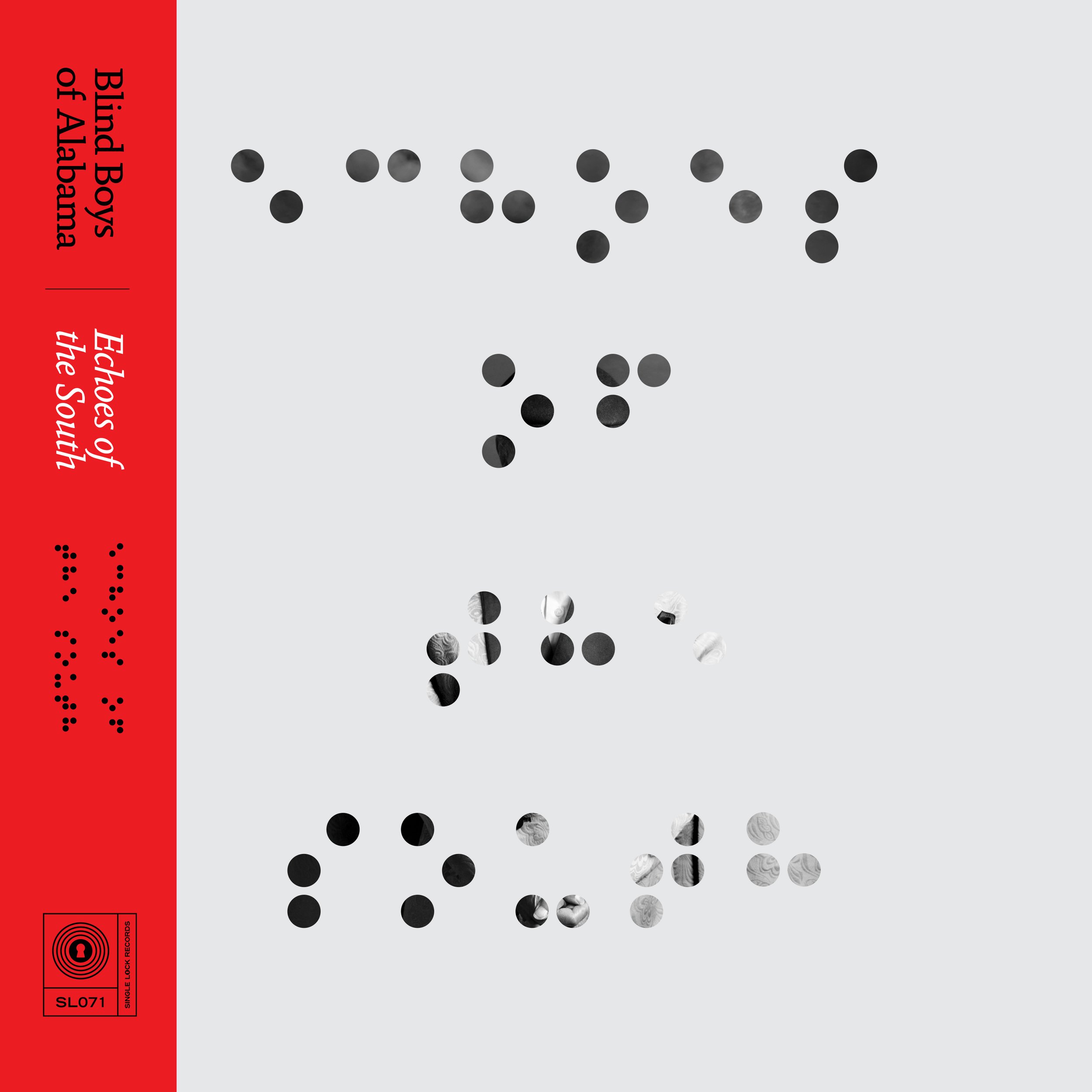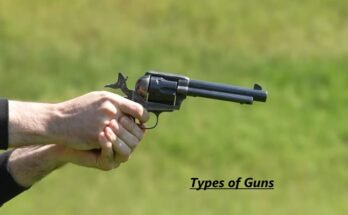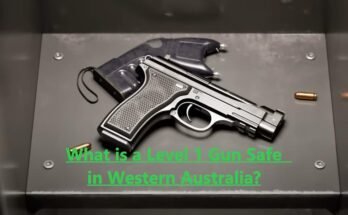A rifle emits a sharp, loud crack, resembling a sharp clap or bang. This noise is typically followed by an echoing report.
A rifle’s discharge is a defining sound; it pierces the air with a bold sharpness that is immediately recognized as a gunshot. Anyone within a close proximity will experience a sudden, jarring noise that can reverberate through the surrounding environment, sometimes leaving a ringing in the ears due to the sound’s intensity.
Firearms use gunpowder and a firing mechanism to propel a bullet through a gun barrel at high speeds, the process of which creates the iconic sound. The specific report of a rifle can vary depending on many factors such as the make and model, cartridge size, barrel length, and whether a suppressor is used. Hearing protection is strongly advised for shooters to mitigate potential hearing damage from repeated exposure to the loud reports of rifle fire.

Credit: www.amazon.com
The Science Of Gunfire Acoustics
Understanding how a rifle sounds involves science. When a rifle fires, the noise you hear is a complex process. Let’s dive into gunfire acoustics and discover what happens!
Gunshots And Sound Waves
A rifle’s bang is actually sound waves rushing through the air. These waves form when the rifle’s bullet speeds out of the barrel. The explosive force from the gunpowder ignites. This causes a sudden expansion of gases. Like a balloon popping, it creates sound. Here’s what happens:
- Bullet moves fast, breaking the sound barrier.
- Gunpowder explodes, creating gas that expands.
- A loud crack echoes as the bullet speeds forward.
Gunshots also have unique signatures. Experts can tell different guns apart just by sound.
Decibels And Damage
Guns are loud. Their sound measures in decibels (dB). A rifle can easily produce sound over 140dB. That’s louder than a jet engine! Ears can get hurt with noises over 85dB. Look at the effects:
| Decibels Level | Source | Potential Damage |
|---|---|---|
| 140dB+ | Rifle gunfire | Immediate harm to hearing |
| 85dB | Heavy city traffic | Long-term exposure can damage hearing |
| 120dB | Rock concert | Short-term exposure can cause hearing loss |
Hearing protection is a must around rifles. Always use earmuffs or earplugs to keep safe. The loudness can cause permanent hearing damage. Always stay protected to enjoy the sounds of life!
Identifying Rifle Sounds
Gun enthusiasts and newcomers alike often wonder about the distinct sounds rifles make. Each rifle has a unique acoustic signature. Sound variations can help in identifying a rifle’s model and calibre. Now, let’s explore how to pinpoint these differences.
Distinctive Characteristics
Several features define the sound of a rifle. The crack of a rifle is sharp and short. A rifle’s echo might carry over long distances. The barrel length influences the loudness of the shot. Material and design also affect the resonance. Recognizing these signs paves the way for accurate identification.
- Crack: Sharp, high-pitched sound followed by an echo.
- Echo: Reverberation of the crack that can vary based on the environment.
- Loudness: Determined by barrel length and ammunition.
- Resonance: The quality of the sound that emanates from the rifle’s body.
Comparing Rifle Calibers
Knowing the difference in sounds between rifle calibers can be practical. Smaller calibers, like the .22, emit a sharp, quick snap. Larger calibers, like the .308, produce a deeper boom. The table below simplifies comparison.
| Caliber | Sound Description |
|---|---|
| .22 | Sharp, quick snap |
| .308 | Deep boom with a long echo |
Identifying rifles by sound takes practice. A .22 crack will be short and high-pitched. In contrast, a .30-06 will boom and resonance will linger. Through careful listening, the nuances between calibers become clear.
- .22 Rifle: Short, high-pitched crack, less echo.
- .30-06 Rifle: Prolonged boom, heavy echo.
Environmental Influence On Rifle Sounds
The sound of a rifle doesn’t echo in isolation. Various environmental factors can dramatically alter how it’s heard. From the bustling streets of a city to the open fields of the countryside, the noise a rifle makes weaves into the fabric of its surroundings. Let’s explore how different environments impact the distinctive crack of a rifle shot.
Urban Versus Rural Echoes
Buildings change how we hear shots. In urban areas, tall structures create a textured echo. Sounds bounce off walls, producing a complex cacophony. This contrasts with rural settings. Here, the open space allows sound waves to travel freely. The result is a clear, sharp report.
Impact Of Weather Conditions
Weather plays a cunning role in sound propagation. Humidity, temperature, and wind can enhance or muffle a rifle’s report. For instance, humid air carries sound waves farther. Conversely, windy conditions might distort or carry away the sound. Thus, the same rifle may sound different on a still morning compared to a blustery evening.
| Weather Condition | Sound Effect |
|---|---|
| High Humidity | Sound travels further |
| Low Temperature | Sound waves become crisp |
| High Wind | Sound direction altered |
- Rifle sounds vary with environment
- Urban areas yield echoes and reverberations
- Rural settings offer less sound distortion
- Weather conditions can enhance or weaken sound travel

Credit: www.blindboys.com
Rifle Silencers: Myths And Realities
When picturing a rifle in action, the loud bang comes to mind. But what about when a silencer, or suppressor, is in play? There’s a cloud of myths surrounding what silencers do and sound like. Let’s bust some myths and uncover the realities of rifle silencers.
How Silencers Work
A silencer reduces the noise a rifle makes when it fires. It screws onto the end of the barrel. Inside, there are baffles that slow the gas leaving the rifle. This cools the gas down. It’s like sneaking out of bed quietly, so you don’t wake anyone up! But remember, it doesn’t make the gun silent. It just makes the noise softer.
- Reduces noise level of the shot
- Decreases muzzle blast
- Can help with recoil
The True Sound Of Suppressed Fire
Suppressed guns don’t sound like in movies. You know how movies make it seem like a soft ‘pew’? That’s not accurate. A suppressor lowers the sound, but the noise stays noticeable. The sound of a suppressed shot can be as loud as a door slamming! It’s quieter for sure, but not silent. Factors like the type of rifle and the ammunition used change the sound level too.
| Ammunition Type | Without Silencer (dB) | With Silencer (dB) |
|---|---|---|
| Subsonic | 158 | 130 |
| Supersonic | 164 | 134 |
In the end, a silencer helps make rifles safer for the shooter’s hearing. It doesn’t make a rifle completely quiet. That’s just a myth. Real silencers do a good job of turning down the volume but don’t expect movie-style stealth.
Acoustic Signatures In Security
An acoustic signature is the unique sound a rifle makes when fired. Security experts use this sound to identify and respond to threats. It’s a sound fingerprint, so to speak.
Different rifles have distinct sounds. They depend on the rifle’s make, model, and environment. Sound waves from a rifle help keep places safe. They trigger alerts, record evidence, and identify where shots came from.
Gunshot Detection Systems
Gunshot detection systems use microphones to listen for gunshots. They react very quickly and send help.
- They can tell apart gunshots from other loud noises.
- These systems locate where a gun was fired.
- Police use them to go quickly to a shooting scene.
They keep us more secure by giving real-time info.
Forensic Analysis Of Gunfire
Forensic experts study gunfire sounds, too. It helps solve crimes. They see if the sound matches known sounds from rifles.
This analysis uses complex tools to study gunshots:
- Sound wave patterns are recorded.
- Experts compare them to a sound database.
- This helps find the rifle that was used.
Clear evidence can be found through sounds, leading to solving crimes.

Credit: m.facebook.com
Frequently Asked Questions Of What Does A Rifle Sound Like
What Makes The Sound Of A Rifle?
A rifle’s sound originates from the rapid expansion of gases that occurs when its gunpowder ignites, propelling the bullet forward and creating a loud bang.
What Does Gun Sound Like?
A gun sound is often described as a loud, sharp bang or pop that may echo, especially in enclosed spaces. Each gunshot varies in pitch and loudness depending on the firearm.
What Is The Sound Of A Gun In Words?
The sound of a gun is often described in words as a “bang,” “pop,” or “crack,” depending on the firearm type and distance.
What Is Gun Sound Called?
The sound produced by a gun is commonly referred to as a gunshot or gunfire. It’s characterized by a loud, sharp bang or popping noise.
Conclusion
Understanding the sound of a rifle is essential for both safety and awareness. It’s a sharp, loud crack that pierces the air vigorously. Recognizing this distinct noise can be crucial in varied contexts, from hunting to responsible firearms use. Remember, responsible hearing protection is always recommended to safeguard your ears from this powerful sound.
Stay informed, stay safe.



